
Dish
Kakori kebab
Indian meatballs
Kakori kebab is made by marinating minced lamb meat with a mixture of spices including ginger, garlic, coriander, cumin, and cardamom. The meat is then shaped into small cylindrical pieces and grilled over charcoal. The dish is typically served with mint chutney and onion rings. It is known for its soft texture and spicy flavor.
Origins and history
Kakori kebab is believed to have originated in the city of Kakori in Uttar Pradesh, India. It was first made by the royal chefs of the Nawab of Kakori. The dish became popular in the region and eventually spread to other parts of India. Today, it is a popular street food and can be found in many Indian restaurants around the world.
Dietary considerations
This dish is not suitable for vegetarians or those who do not eat lamb meat. It may also contain gluten and dairy depending on the recipe used.
Variations
There are many variations of Kakori kebab, including those made with chicken or beef instead of lamb. Some recipes also call for the addition of nuts or dried fruits to the meat mixture.
Presentation and garnishing
Kakori kebab is often garnished with fresh coriander leaves and lemon wedges. It is typically served on a skewer or a plate.
Tips & Tricks
To make the meat mixture more tender, some recipes call for the addition of raw papaya paste. This helps to break down the proteins in the meat and make it more tender.
Side-dishes
Kakori kebab is typically served with naan bread or rice. It can also be served with a side of raita, a yogurt-based sauce.
Drink pairings
This dish pairs well with a cold beer or a glass of red wine.
Delicious Kakori kebab recipes
More dishes from this category... Browse all »

Abbacchio alla Romana
Italian cuisine
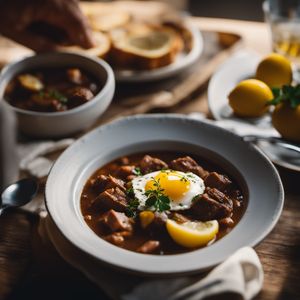
Abbacchio brodettato
Italian cuisine

Adana kebap
Turkish cuisine

Agnello al rafano
Italian cuisine

Agnello cacio e ova
Italian cuisine

Agnello con le olive
Italian cuisine

Agnello in salsa bianca
Italian cuisine

Alinazik Kebab
Turkish cuisine
More cuisines from this region...
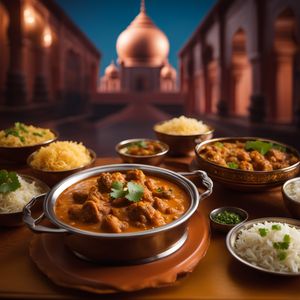
East Indian cuisine
Spicy and tangy flavors, Uses a lot of herbs and spices (mustard seeds, cumin, coriander), Uses a lot of fish and seafood which give it a unique flavor
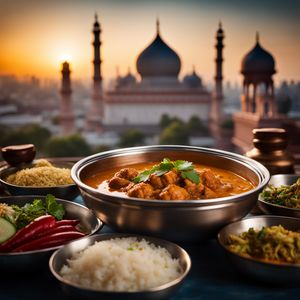
North East Indian cuisine
Spicy, Tangy, Flavorful, Unique
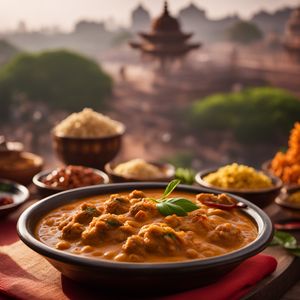
North Indian cuisine
Spicy, Tangy, Aromatic, Sweet, Uses a lot of oil and ghee

Other Indian cuisine
Spicy, Tangy, Sweet, Sour, Pungent
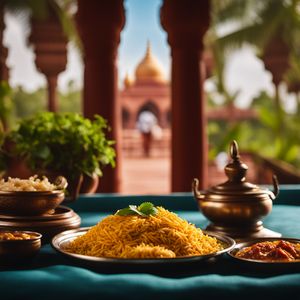
South Indian cuisine
Spicy, Tangy, Sweet, Savory, Aromatic
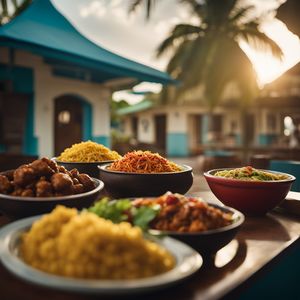
West Indian cuisine
Spicy, Bold, Tangy, Sweet, Savory

